Narrowing the Choice
Once you’ve decided on the type of RV you want, ie Class A, B or C motor home, 5th Wheel, or Travel Trailer, you are now faced with an overwhelming choice of manufacturers, models and styles. The only way you are going to start narrowing choices down is to start looking at some units, walking through them to see what appeals to you. You will quickly get a sense of whether it too big or too small and price will definitely start factoring into the equation. Most manufacturer’s have a range of products from economical to high end and this will impact your decision.
Consider how much time will you be spending in this RV, are you just planning weekends and the odd 1 or 2 week trip or are you thinking much longer trips or even full time? The needs of weekend camping versus long road trips are quite different.
Once you have an idea of the size and price range that will be acceptable, you can now start looking at floor plans, making decisions on what are things to you really need and what things you merely would like to have. For example, if you have a family you’re going to be looking at how many people it can sleep, maybe you’ll be looking at models with bunks.
Our Choice
In our case our primary requirement was a walk around bed…crucial for us in our 60’s as we no longer want to be crawling over each other to get in and out of bed or climbing into overhead sleeping areas. The other must have for us was lots of counter space as we like to cook and both of us get involved in the cooking and cleanup. Because we are on the road for long periods, outside kitchens were definitely not a priority and as far as we are concerned are strictly a redundancy, take up valuable living and storage space and really only of use in good weather, so probably more suited for weekends and summer camping. Our BBQ and small folding table to place it on are all the outdoor cooking gear we need.
Beyond that it came down to niceties. We preferred to have an enclosed under belly with heated tanks for those times when we are out in colder weather, which could be earlier or late season camping or camping at higher altitudes. We would have preferred double pane glass which helps insulate a bit but also reduces condensation on the windows in colder weather. Showers with a surround enclosure versus shower curtains are our preference. Many of the other things that a RV may not come with can be added or modified.
For example, we spend a fair bit of time boon-docking, camping off the grid, so we definitely wanted solar panels. Many trailers today come with a solar panel hookup so you can buy portable panels that stand up on the ground and just plug them in. These systems are ok but a better choice is to install a proper solar system, so we had a 165 watt panel installed and 2-6 volt batteries to replace the stock single 12 volt battery as the the 6 volt batteries give us approximately 3 times more usage. We don’t need a huge amount of power…just something to keep the lights going, charge our computers and phones and power up the TV once in a while when were trapped inside with bad weather. Along with those solar panels we had to add an inverter to convert the 12V DC battery power to 120V AC power. More on that in another article.
We also added a Fan-Tastic Roof Vent with a 3 speed reversible high volume fan to the living area to replace an existing roof vent with no fan. Many RV’s come with a tiny little 1 speed fan that are not much better. We have one of these in the bathroom which will suffice for now. There was already a vent cover over the vent we were replacing or we would have added one of those as well. Vent covers are great because you can leave the vent wide open and still be protected from the rain.
Other additions were a decent foam mattress…the spring coil mattress that came with the trailer was pretty much laughable. We sat on it and went right down to the plywood base. It was good for a laugh but it was well worth replacing. Some relatively inexpensive but very good foam mattress are available online and come in a box shipped right to your door! We love our Zinus Green Tea Memory Foam mattresses. We have one in our 5th wheel as well. They come in all sizes and different thickness to suit what you need.
Security Upgrades
We also added a few simple security upgrades to help keep our trailer, the batteries, propane tanks and gear stored in our storage bins a little bit safer. Check out our post: Simple Security Upgrades for Your Travel Trailer
Trailer Construction
Trailers are all constructed differently and it pays to ask how the trailer is built. Many trailers today are built with aluminum framing, which we prefer, but you can still buy ‘stick & tin’ and stick and fibreglass paneled units as well. No matter the construction type it is the quality of the build that is important along with regular inspections to prevent leaks. Any RV can be damaged by water, however, what I prefer about aluminum framing is you will not experience dry or wet rot of the framing which can cause some serious structural issues, something we experienced first hand with our very first preowned RV. Aluminum framing with laminated fibreglass siding also makes for lighter construction making for a lighter weight trailer which in this day of high fuel costs can make a difference. One of the cons of this type of construction is that the fibreglass panels can delaminate with moisture penetration causing blistering in the outside skin. Another is the higher initial cost.
Whatever you choose proper inspection and maintenance is the key to longevity and trouble free RVing.
Inspection
If you are going to buy a preowned RV, particularly on a private sale, you need to inspect the unit very carefully. Water damage can be the most devastating and expensive thing to repair in an RV. Most other things can be relatively easily fixed or replaced. Walk around the outside paying particular attention to the paneling if it is fibreglass. A sure sign of leakage is any bubbling or blistering of the fibreglass panels. This is due to delamination caused by water penetration. While you may think, you could live with cosmetic defect, you don’t know what other damage has occurred inside the wall, particularly wood frame RV’s. Repair entails replacing that entire fibreglass panel and once the trailer is opened up framing and insulation may also have to be replaced making for an even more expensive repair which can be in the thousands of dollars. To prevent exterior leaks, careful inspection of the existing seals, sealants, and penetration points (places where wires, tubes, windows, etc. go through the roof, or walls and even the floor). An investment in a moisture meter is a great idea, but do some research to understand what type of meter to buy and how to use it. For a complete RV buying check list go to this site: Inspection Checklist
Final Words
Everyone is different. We all have different likes and dislikes, different needs and different desires, that is why there are so many different RV’s on the market. It takes time to find the one that is right for you and keep in mind as we suggested in part I of this series, your first RV most likely won’t be your last and it won’t be until you start living in it and using your RV that you will really find out what works, what doesn’t, and what’s important and what isn’t. Whatever you choose, get out there, use it and enjoy it!
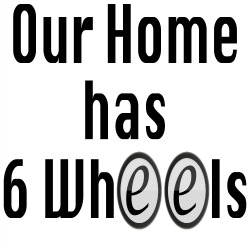






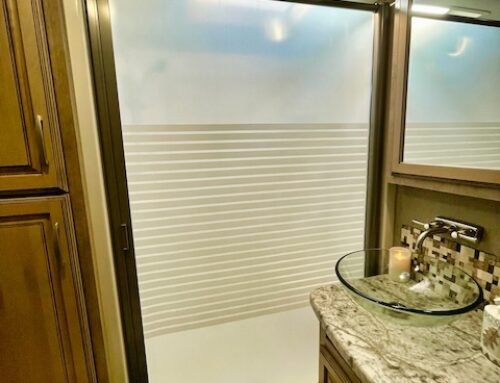
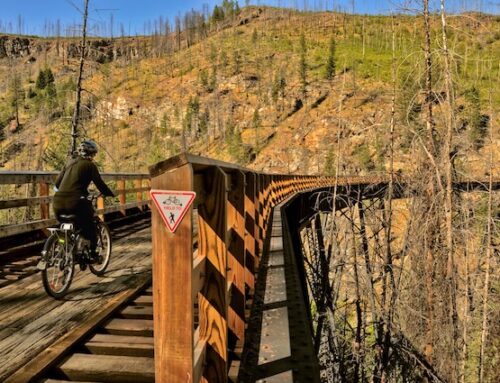
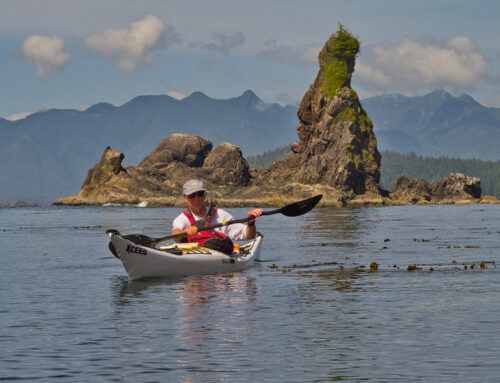
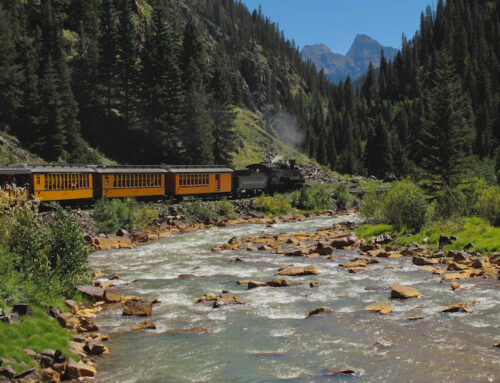
Leave A Comment